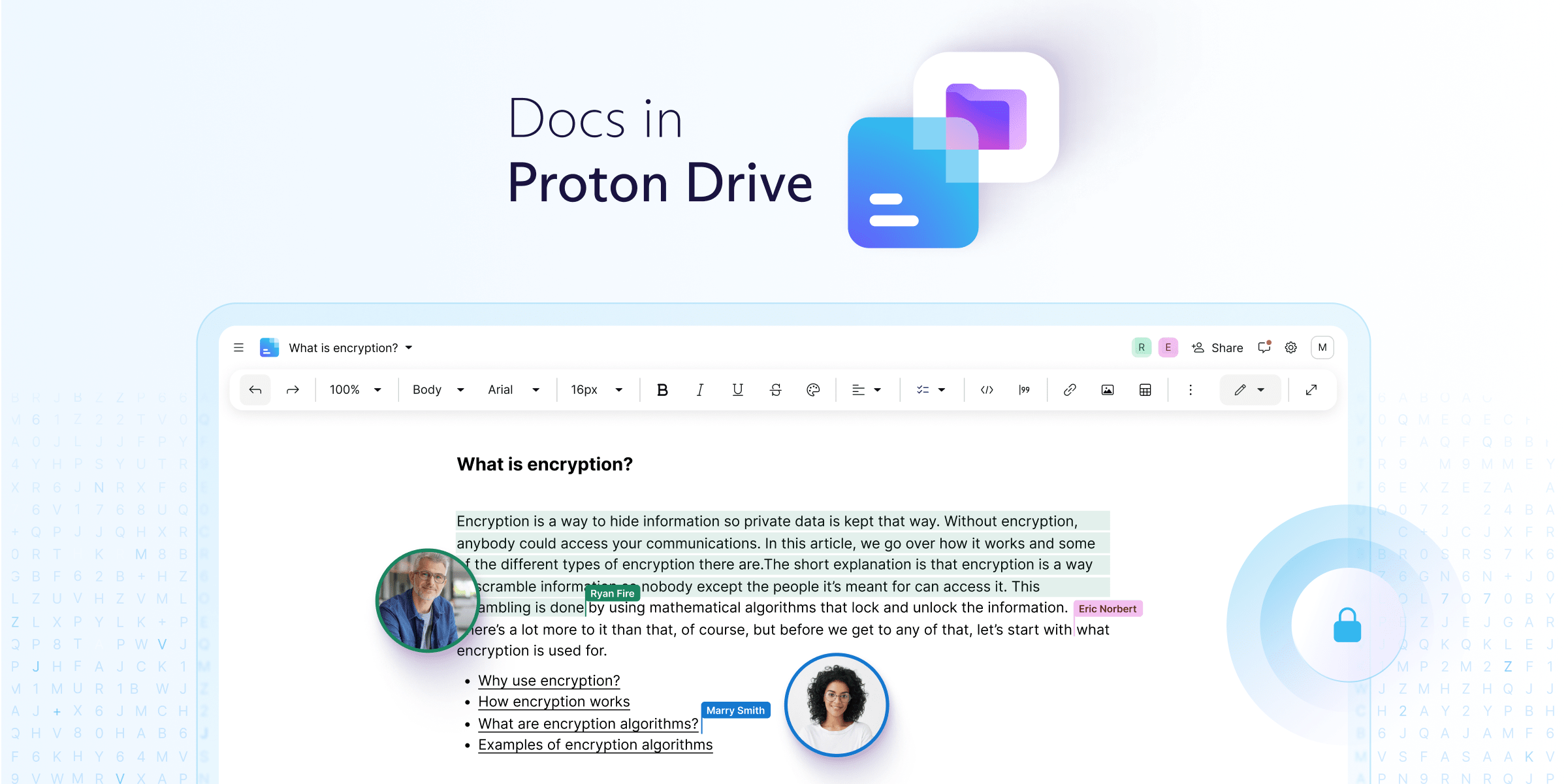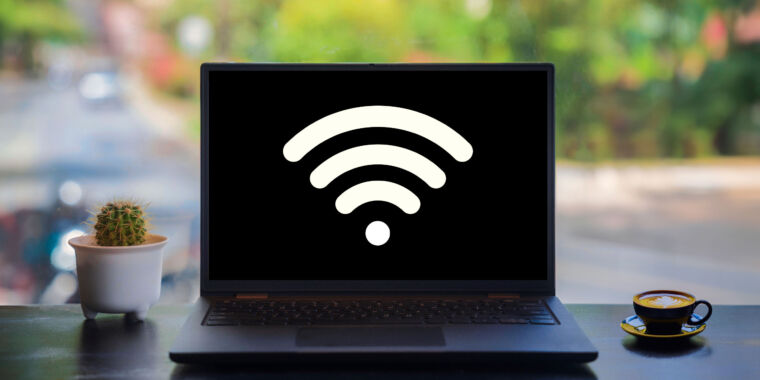- 26 Posts
- 205 Comments

 0·2 days ago
0·2 days agoDiscord’s audio and video end-to-end encryption (“E2EE A/V” or “E2EE” for short)
That last bit is a little concerning. E2EE is widely understood to mean full end-to-end encryption of communications, not selective encryption of just the audio/video bits while passing the text around in the clear. If Discord starts writing “E2EE” for short when describing their partial solution, it is likely to mislead people into thinking their text chats are protected, or thinking that Discord is comparable to real E2EE systems. They aren’t, and it isn’t.
We want an E2EE A/V protocol that is publicly auditable
Their use of the word “auditable” here is also concerning. What does it mean for a protocol to be auditable? Sure, it’s nice that they’re publishing their design, but that doesn’t allow independent audit of the implementation that actually runs on their servers and (importantly) our devices. Without publicly auditable code that can be independently, built, run, and used instead of the binaries they provide, there’s no practical way to know that it matches the design that was reviewed. Without a way to verify that the code being run is the code that was inspected, claiming that the system was audited is misleading.
The protocol uses Messaging Layer Security (MLS) for group key exchange
Interesting. This makes me think their motivation for doing this might be compliance with the European Digital Markets Act. If that is the case, perhaps they also have a plan in the works for protecting text chats?
Seems unlikely that all these would have fallen here.
I wonder what sort of creature would go around collecting them, only to lay them out where they would reflect light, almost like fishing lures.
What was that sound?

 0·2 days ago
0·2 days ago@latenightblog@procial.tchncs.de was created ~37 minutes ago.
Their only post violates rule 2, and looks likely to be violating lemmy.world rule 8 (misinformation).
Somebody please show them to the door.

 0·4 days ago
0·4 days agoalso any inputs are probably scraped
ftfy
Let’s hope it’s the bad outputs that are scrapped. <3
many results say to install custom ROMs which I can’t since its a US model and the bootloader is locked.
Are you sure it can’t be unlocked?
Many phones that don’t officially support unlocking can be exploited to do so anyway. Some will lose relatively minor functionality in the process (camera enhancements were lost on mine, but the camera still works fine) but the tradeoff is often worth it.

 0·6 days ago
0·6 days agoIs it true that Telegram doesn’t encrypt group chats at all? Maybe that would get their attention?
My biggest criticism of Telegram (but not the only one) is that they use homebrew crypto. Of course, I don’t know if your family would understand why that’s bad.

 0·7 days ago
0·7 days agoThat number comes from a single manufacturer’s performance targets. It is not a guarantee of real-world results. You might be able to get Intel to replace an SSD if one of them corrupts data in under 52 weeks (assuming you notice it) but your data will still be gone.
Hardware performance can and does vary by brand, model, and manufacturing run. Even the nominally identical cores within a single CPU have slightly different performance limits. YMMV.
Note also: that 52 week target is halved at just 5° higher power-off temperature.

 0·7 days ago
0·7 days agoI explained that they ought to be recipes to new media every N number of years or risk deteriorating or becoming unreadable
This is important, and for some media, it should be more often than that.
People forget that flash memory uses electrical charge to store data. It’s not durable. If left unpowered for too long, that data will get corrupted. A failure might not even be visible without examining every bit of every file.
Keep backups. Include recovery data (e.g. PAR2) with them. Store them on multiple media. Keep them well-maintained. Copy them to new storage devices before the old ones become obsolete.
It’s funny that with all our technology, paper is still the most durable storage medium (under normal conditions) that doesn’t cost an arm and a leg.
Have they not heard of the TS100 or the Pinecil?
Of course they have.
An iFixit co-founder has been responding to questions over on Hacker News:

 0·8 days ago
0·8 days agoAn SD card lasts for years, and the amount of plastic in one is negligible. It’s just not an issue.
Hark! The ghosts of countless generations of short-sighted polluters cry out in complacent, rationalizing unison!
It’s not about expecting one model of memory card to save the Earth. It’s about moving away from needless production of toxic materials, everywhere.
And if you don’t care, nobody’s going to force you to read The Lorax, but please don’t go around shitting on people’s appreciation for even the small things.

 0·9 days ago
0·9 days agoA journey of a thousand miles begins with a single step.
What’s your complaint? It’s a UE5 game
I’m not them, but I dislike Epic Online Servies, too. Last time I read the terms document, it granted permission for way too much data collection, and I’m not a fan of spyware.

 0·9 days ago
0·9 days agoLess plastic being manufactured? Sounds good to me. :)

 0·10 days ago
0·10 days agoWorks fine for me. Maybe that’s because I have scripts disabled? Try the archive.is link that someone else posted in a comment.

 0·13 days ago
0·13 days agono long-term OS support
IMHO, we need well-enforced laws requiring manufacturers to do both of these things:
- Provide service manuals and reasonably priced parts for a sensible period, much like existing requirements for replacement car parts. (Perhaps 5 or 7 years minimum?)
- Put into escrow all the information needed for community support of these devices, to be publicly released when the official support period ends. (The easiest way to satisfy this might be in the form of source code, but data sheets and API documentation could suffice if they are reasonably complete.)
Some people have argued that the second point is impossible because phones are made with components that don’t come with specs or source code themselves. That might be true today, but if large economies start requiring it, then those component manufacturers will either fall into line or lose the market to competitors who do meet the requirements.
and not easy to load an alternative OS on.
This is another big one. We need to be able to unlock our bootloaders, install an OS of our choice, and re-lock our bootloaders. (Without permanently disabling any of the hardware features; there must be a way to fully revert to stock.) The only major brand smartphones I know of with a reputation for doing this right are from Google, which is kind of embarrassing.

 0·13 days ago
0·13 days agoThe “especially in gaming” bit is encouraging. That might mean they are finally, after 26 years, addressing the demand for good quality, low latency, multichannel, full duplex audio…
…but I won’t hold my breath. They seem to think gaming means playing on hardware like this.




















I think how often this is a problem varies widely from person to person. I don’t remember the last time I gave a mobile number out to a company, but it was more than a few years ago. The last few that strictly required one were non-essential; I just took my business elsewhere.